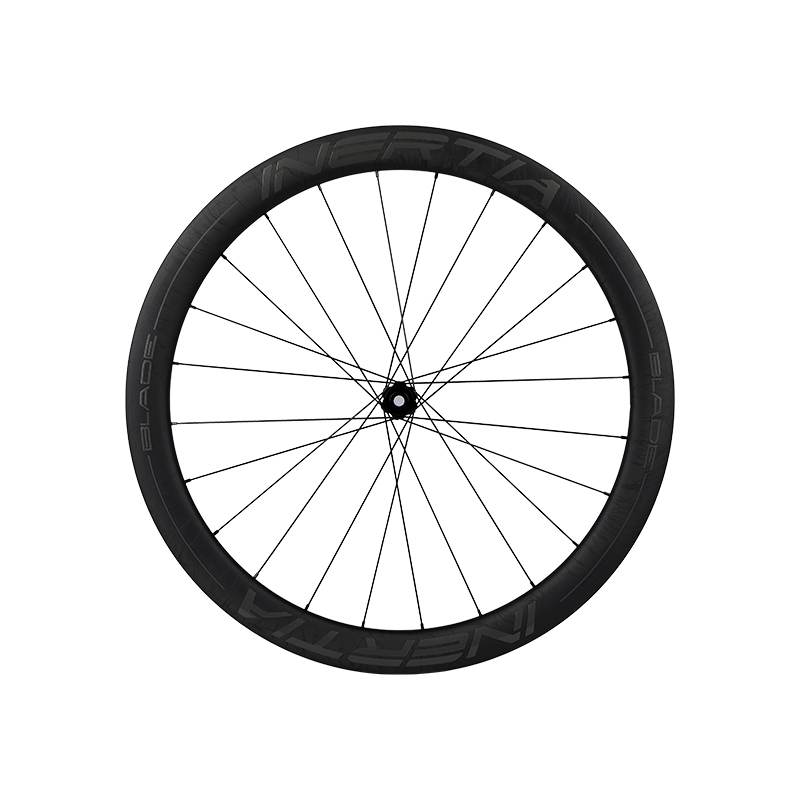Bicycle inertia wheels, also known as flywheels, are a crucial component in cycling, particularly for competitive and high-performance bicycles. These wheels, designed to store kinetic energy and release it gradually, help improve the stability and speed of the bike, creating a smoother and more controlled ride. The choice of materials used in the construction of these wheels has evolved significantly over the years, with modern advancements allowing engineers to achieve superior performance. For those in the field of cycling engineering, understanding the properties and applications of advanced materials in inertia wheels is essential for optimizing both design and performance.
Traditionally, bicycle inertia wheels were made from steel, a material valued for its strength and durability. However, steel comes with a significant weight penalty, making it less ideal for modern competitive cycling where weight reduction is paramount. The shift towards lighter materials, particularly aluminum and carbon fiber, has revolutionized inertia wheel design. Aluminum alloys, widely used due to their high strength-to-weight ratio, offer a lighter alternative while maintaining sufficient durability for regular use. Engineers must carefully balance the thickness and structure of aluminum inertia wheels to avoid compromising strength, especially in high-stress environments like mountain biking or competitive road racing. The ability to fabricate aluminum into intricate shapes through casting or forging also provides more flexibility in the design, allowing for improved aerodynamics.
Carbon fiber has become a game-changer in the world of bicycle inertia wheels, thanks to its exceptional properties. With its low weight and high tensile strength, carbon fiber can provide a lightweight yet rigid structure, improving the rotational efficiency of inertia wheels. In addition, its ability to dampen vibrations makes it ideal for reducing fatigue on long rides or uneven terrain. Engineers who work with carbon fiber need to be well-versed in the material’s composite nature, as its performance is directly tied to the quality of the fiber weave and the resin matrix binding it. Although more expensive than aluminum, carbon fiber inertia wheels are preferred in professional cycling due to their superior performance in speed and endurance events. Moreover, engineers can customize the layup patterns of the carbon fibers to optimize specific performance characteristics, such as increasing lateral stiffness for sprinting or improving vertical compliance for rough terrain.

In addition to traditional metals and composites, newer materials like graphene and titanium alloys are starting to make their way into inertia wheel technology. Graphene, known for its extraordinary strength and conductivity, has the potential to revolutionize bicycle engineering further. By integrating graphene into composite materials, manufacturers can produce inertia wheels that are even lighter and stronger than carbon fiber. However, the application of graphene is still in its early stages, and engineers must navigate the challenges of scaling production while maintaining material consistency. Similarly, titanium alloys, though heavier than carbon fiber, offer an unparalleled combination of strength, corrosion resistance, and fatigue life. Titanium is particularly well-suited for endurance bikes, where longevity and resilience are more critical than pure speed. Engineers working with these advanced materials must consider not only the mechanical properties but also the manufacturing processes, which can be complex and costly.
Beyond material selection, engineers must account for how these materials interact with the overall design of the bicycle. Bicycle inertia wheels must balance weight distribution, rotational inertia, and aerodynamic drag. For example, carbon fiber allows for deeper rims without drastically increasing weight, which improves the aerodynamics of the wheel and reduces wind resistance. On the other hand, aluminum wheels are often chosen for their reliability and lower cost, making them popular among amateur cyclists. Regardless of the material, maintaining structural integrity is paramount, particularly in high-performance bikes where any failure can lead to catastrophic accidents. Engineers often conduct rigorous testing, including fatigue testing, impact testing, and wind tunnel simulations, to ensure that inertia wheels made from advanced materials meet the high safety and performance standards required in competitive cycling.



 Español
Español













